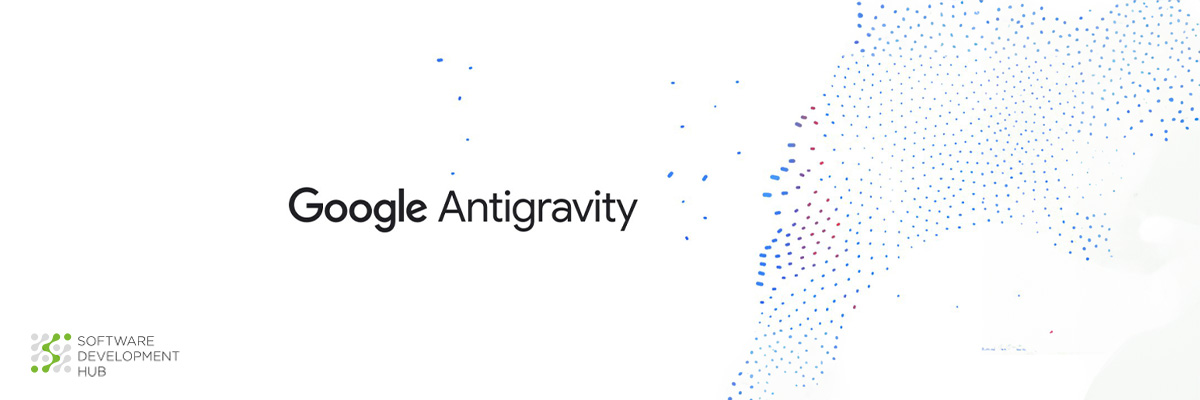The Ultimate HealthTech MVP Playbook: From HIPAA Compliance to User Acquisition
Creating state-of-the-art healthcare technology solutions means you must navigate the complex world of HIPAA compliance software development. Many startups rush to launch their products quickly. Healthcare applications need a careful approach to protect patient's sensitive information.
Understanding HIPAA compliance's role in software development is straightforward. Our team has helped many healthcare startups launch successful products that meet strict compliance standards. You can implement HIPAA compliant software development systematically with clear guidelines and technical requirements.
We created this piece that walks you through everything in building a HIPAA-compliant healthcare MVP. You'll learn the simple compliance requirements, technical safeguards, and product launch steps. We cover what you need to know to bring your healthcare solution to market safely and legally.
Understanding HIPAA Compliance for HealthTech MVPs
The Health Insurance Portability and Accountability Act (HIPAA), now 27 years old, created national standards that protect sensitive patient health information. This federal law outlines specific requirements for managing protected health information (PHI) in the healthcare sector.
What is HIPAA compliance?
HIPAA compliance includes three fundamental rules that govern how healthcare organizations handle patient data. The Privacy Rule determines who can access PHI and establishes guidelines for its use. The Security Rule outlines safeguards to protect electronic PHI (ePHI). The Breach Notification Rule requires specific reporting procedures when data breaches occur.
HIPAA applies to two categories of HealthTech companies: covered entities and business associates. Healthcare providers, health plans, and healthcare clearinghouses fall under covered entities. Business associates create, receive, maintain, or transmit PHI for covered entities.
Why HIPAA matters for your HealthTech product
HIPAA compliance goes beyond legal requirements. Healthcare organizations risk substantial penalties for non-compliance, with fines up to $1.5 million annually. The global average cost of a healthcare data breach from 2020-2022 reached $10 million.
Your commitment to HIPAA builds trust with healthcare partners and protects patient privacy. HealthTech companies cannot legally handle PHI or work with healthcare providers without proper compliance. HIPAA violations can permanently damage your company's reputation and destroy customer confidence.
Essential Technical Requirements for HIPAA Compliance
Your healthcare application needs strong security measures to meet HIPAA's technical requirements. The Security Rule sets specific standards to protect electronic protected health information (ePHI). These standards cover encryption, access control, and complete audit logging.
Data encryption standards
The Department of Health and Human Services requires PHI to be "unusable, unreadable, or indecipherable to unauthorized individuals". This protection works for both stored and transmitted data.
Access control mechanisms
The Security Rule lists four key parts to control ePHI access. Each system user gets unique identifiers to track accountability. Emergency procedures let authorized staff access critical information during urgent situations.
Unattended devices stay safe with automatic logoff that ends inactive sessions. Data remains protected from unauthorized access through encryption.
Good access control needs:
- Role-based permissions that match job duties
- Strong password rules with length and complexity requirements
- Account lockout after failed logins
- Multi-factor authentication to boost security
Audit logging requirements
HIPAA requires complete audit trails for all ePHI interactions. These logs must show:
- User identification information
- When each event happened
- What actions users took
- Whether access attempts worked
The logs must be tamper-proof and safe from changes. Regular log reviews help spot security issues and verify access policy compliance. These technical requirements in your healthcare application's design will help protect patient information and meet HIPAA standards. Note that you'll need regular updates and reviews to keep these security measures working against new threats.
Building Your HIPAA-Compliant Application
Building a HIPAA-compliant healthcare application requires solid technical infrastructure, development practices, and team expertise. Our work with many healthcare startups has taught us what really matters for successful implementation.
Selecting the right tech stack
The right technology choices create the foundation for HIPAA-compliant software development. You'll need to review cloud service providers that offer Business Associate Agreements (BAAs). Google Cloud and Amazon AWS lead the pack by providing Transport Layer Security 1.2 to encrypt data in transit.
Security-first development practices
Security needs to be baked into the development lifecycle from day one. Your CI/CD pipelines should have security processes built right in. This helps catch and fix potential vulnerabilities early.
Working with HIPAA-experienced developers
Finding developers who know healthcare can be tricky. A smart approach pairs skilled developers with HIPAA consultants. This works better than waiting to find rare specialists who know both technical details and compliance rules.
Launching Your HealthTech MVP
A successful HealthTech MVP launch demands careful attention to compliance details and risk management. Healthcare organizations could face hefty financial setbacks, with data breaches costing around $10 million between 2020-2022.
Pre-launch compliance checklist
Your launch preparation should verify these key compliance elements:
- Documentation Review: All policies, procedures, and technical safeguards need proper documentation
- Access Controls: Unique user identification systems and automatic logoff mechanisms must work correctly
- Encryption Verification: PHI should stay encrypted both at rest and in transit
- Audit Logging: PHI-related activities need tested logging systems
Conclusion
Creating a successful HealthTech MVP demands a balance between HIPAA compliance and user needs. Technical requirements can feel overwhelming at first. A systematic approach to security measures, proper documentation and testing procedures builds a strong foundation for healthcare applications.
Data breaches cost healthcare organizations around $10 million on average. Starting with security measures and compliance documentation protects your business and patient data effectively. Healthcare providers and patients trust organizations that conduct regular security assessments, train their staff completely and communicate privacy measures clearly.
The HealthTech sector rewards companies that balance quick innovation with regulatory requirements. Your healthcare application grows sustainably when you take a methodical approach to development and combine it with strong security measures and user acquisition strategies. Note that HIPAA compliance needs steadfast dedication - security and privacy shape your product's progress continuously.
Categories
Share
Need a project estimate?
Drop us a line, and we provide you with a qualified consultation.








